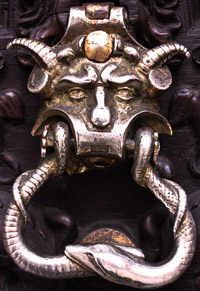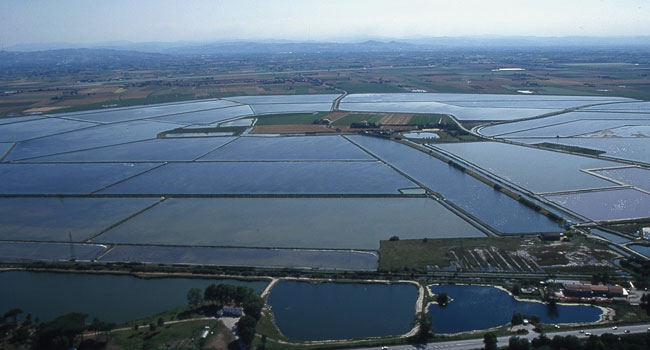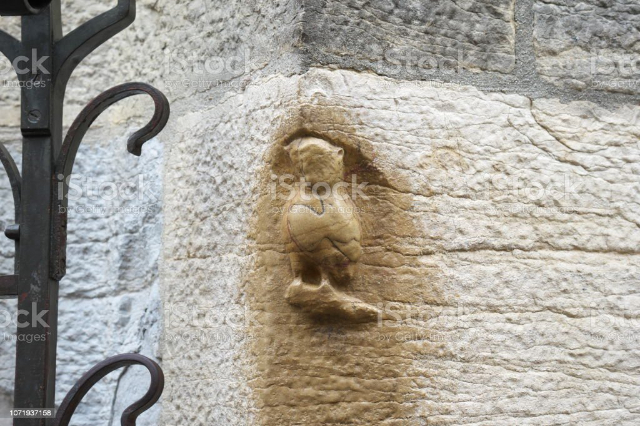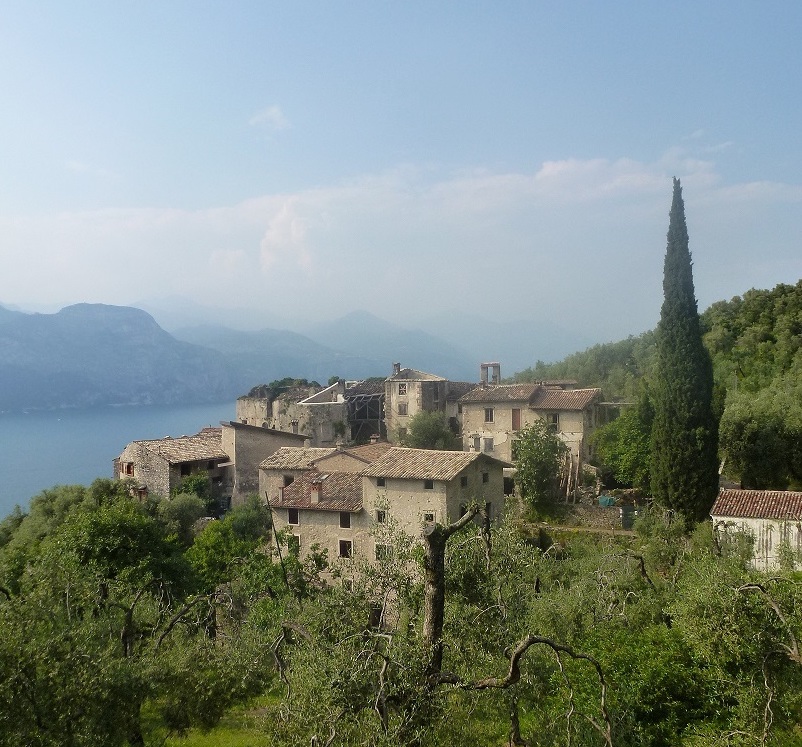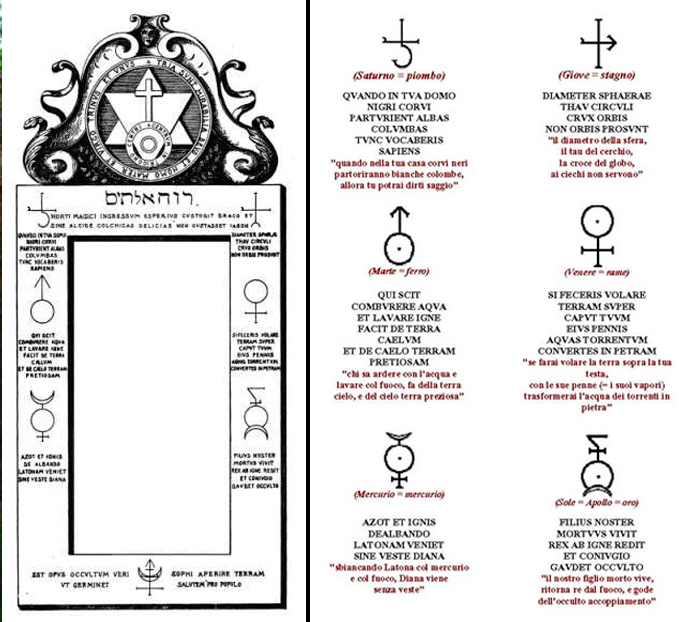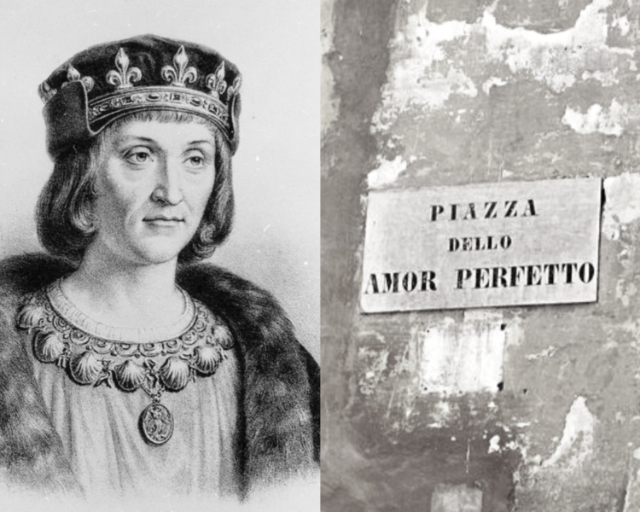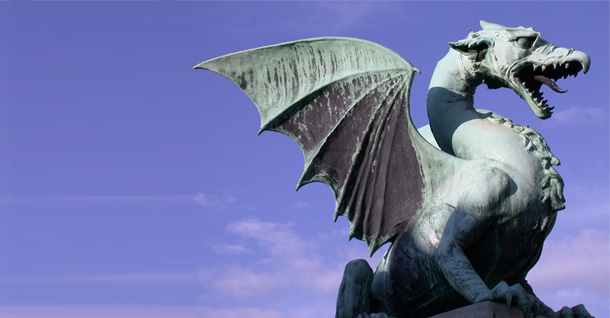Magic city par excellence, always linked to stories of magical and esoteric cults, according to experts Turin would be one of the vertices of the two triangles of black magic (along with London and San Francisco) and white magic (along with Lyon and Prague).
There are many monuments and points of the city of Turin protagonists of strange esoteric legends. One of these is surely the main door of Trucchi di Levaldigi Palace, better known as the Devil’s Door. This palace now houses the headquarters of the Banca Nazionale del Lavoro and, given the name of its door, is also known as the Devil’s Palace.
The door was sculpted in 1675 by a Parisian manufactory at the request of Giovanni Battista Trucchi di Levaldigi, Count and General of Finance of Carlo Emanuele II. The door, very beautiful, is richly carved and adorned with flowers, fruit, animals and cupids. The most interesting thing, the one that contributed to the name it bears today, is the central clapper that depicts the devil scrutinizing visitors who knock on the door. The final part, the one you take with your hand to knock, is composed of two snakes whose heads join at the central point.
the "magic" version, it seems that the doorway appeared out of nowhere one night. It is said that, that night, a sorcerer’s apprentice had invoked the dark forces and Satan himself. The Devil, annoyed by this invocation, decided to punish the sorcerer by imprisoning him behind the door that the unfortunate was never able to open.
Besides this one, there are also other legends related to the history of this door. One dates back to the beginning of the 19th century, during the French occupation. It seems that a certain Major Melchiorre Du Perril had entered the palace to have a quick meal, before leaving with secret and important documents. The man, waited outside the door by his coachman, never left the palace again. It seems that twenty years later, during the renovation of the palace, some workers, tearing down a wall, had found a skeleton imprisoned and buried standing there.
Another legend dates back to 1790, period in which the Palace belonged to Marianna Carolina of Savoy. Legend has it that during an important and sumptuous carnival party, one of the dancers who was performing to entertain the guests fell to the ground fatally stabbed. The culprit was never found nor the murder weapon. The same night of the murder, a real storm of wind and rain broke out over the city, culminating in blinding lightning, thunder and shattered glass. A cold wind blew into the building and turned off all the lights, the guests ran screaming. A short time later a ghost was spotted wandering through the rooms of the palace, the ghost of the dancer cruelly killed the night of the party.
Still on the history of the palace it is said that, in 1600, it was the seat of the Tarot Factory. A curiosity, coincidence or confirmation of the black magic that accumulates in this building according to esotericists, the tarot card that is associated with the Devil is 15, which was in 1600 the house number of the building. Today, the public service bus that passes through that area is, not surprisingly, the number 15.
